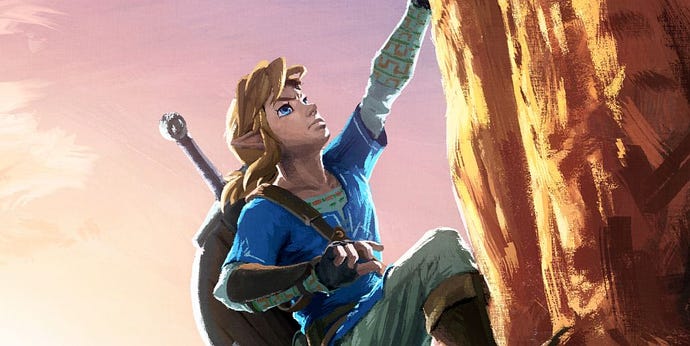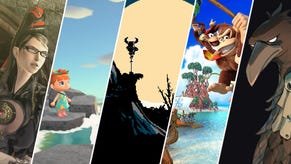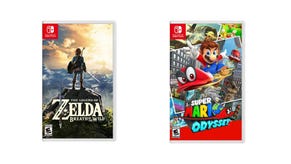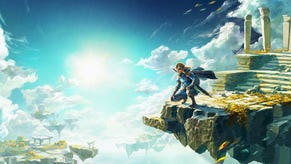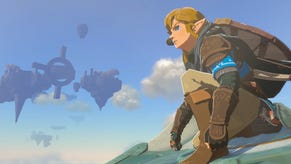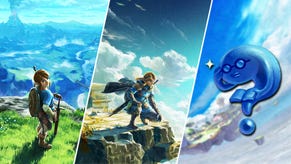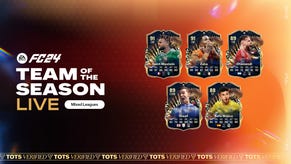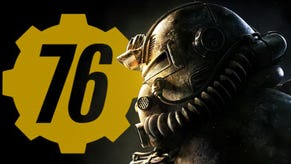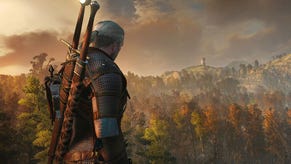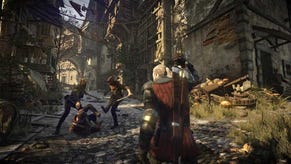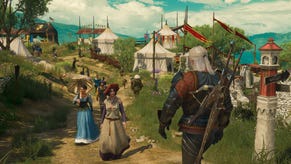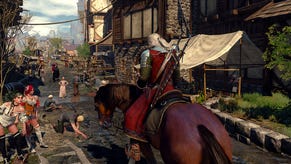Zelda: Breath of the Wild beginner's tips - quests, best gear, resource gathering, elixirs and more

Zelda: Breath of the Wild beginner's tips - quests, the best gear early, resource gathering and more
To say I love The Legend of Zelda: Breath of the Wild would an understatement. I've been playing it for over a week now and even after 70 hours I'm still at it, I'm still loving it, and I've still got a long way to go.
This version of the Kingdom of Hyrule is the most massive, daunting world Nintendo has ever created.
That's a good thing, but it can be a rough early on. So here are some tips for beginners, from getting used to the game's weapon durability mechanic to how to get yourself some of the best gear early on.
Don't forget that if you want even more Breath of the Wild help, we have a full guide hub with plenty of other detailed pages.
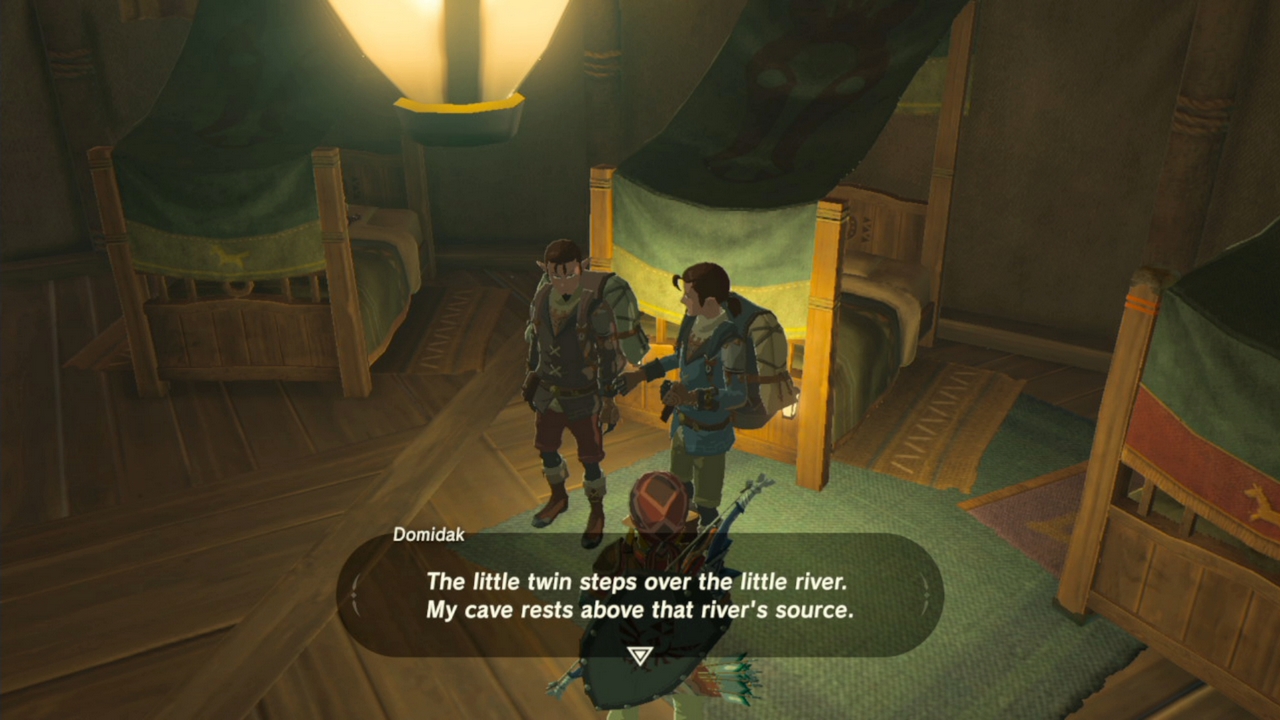
Talk to absolutely everyone
My number one tip for anybody going into Breath of the Wild is actually remarkably simple: talk to as many people as you can.
The translation and writing in Breath of the Wild is pretty great anyway, but almost every NPC has something of interest to say to you. Everybody in Hyrule is pretty chatty, and NPCs say different things under certain conditions, such as time of day or weather conditions.
Those with quests are marked by red exclamation marks above the small remarks you see them make as you walk past, but even those without will often talk about some aspect of the world, offering a clue that, when investigated, can lead to side quests, shrines, or other loot.
Talk to everyone - it'll lead to good things.

Constantly swap weapons, and throw away worn down gear
A lot of people were very worried about Breath of the Wild's use of weapon and shield durability, but the system actually turns out to not be intrusive at all in game. With that said, one thing is absolutely key: you need to learn to let go.
When you come across a new item out in the wild with your inventory full, consider how much you've used each of your existing weapons. There's no durability display in Breath of the Wild, but weapons that are unused will have a 'glisten' animation on the top right corner of their icon in menus.
Sometimes the smarter thing is to trade a well-worn weapon for a newer one even if the newer one is slightly weaker - for then you go into your next encounter with a weapon that won't break midway.
Early on this is difficult to judge, but as the game wears on you'll begin to get used to how much of a beating weapons can dish out before giving off warnings and then breaking. When weapons are near breaking point, don't be afraid to toss them. There are no indestructible weapons (apart from the recharging Master Sword) and there is no repair mechanic, so get used to tossing stuff from early on.

Stasis can double as a makeshift 'detective mode' for resource gathering
Ah, Batman Arkham Asylum. You gave us a lot, but perhaps most famous of all you gave us 'Detective Vision', AKA a mode that turns the screen a funny colour and highlights important objects.
Breath of the Wild doesn't have a proper detective vision, but if you're out in the wild hunting for ingredients or anything else of the like it does have a cute makeshift alternative - your stasis rune.
Any objects you can freeze are lit up by stasis in a really bright yellow, as you can see above. This includes pretty much anything Link can interact with - weapons and gear, plants, materials - and once you've upgraded your stasis function it can even include enemies.
If you're struggling to find something, consider popping Stasis on and using it to scan the area. Handy!

You can - and probably should - go to Hyrule Castle early to get some of the best gear
Technically Hyrule Castle is the final dungeon of Breath of the Wild, the location of the Calamity Ganon. The game takes great pains to point this out to you and to tell you to be prepared to go there... but if you're risky, it's worth a trip well before then.
Hyrule Castle is home to some of the best weapons and shields in the game, plus other rare loot such as Ancient Arrows (these one-shot Guardians!) and large amounts of rupees.
There are a few ways to sneak in, though the best and safest ways early on tend to be by getting onto high ground behind the castle in the north of Hyrule before floating down there with your paraglider.
Once inside, avoid climbing too high as the enemies get harder the closer you get to Ganon, but the main bulk of the castle should be relatively easy to explore if you're careful and keep your guard up. Loot what you can, then run away armed to the teeth!

Abuse Stamina's final leap
When climbing surfaces in Breath of the Wild your stamina bar will slowly deplete. This is a real challenge early on, before you've been able to upgrade any of your stamina wheel - climbing taller inclines can be truly difficult.
One key mechanic you need to understand is that while climbing manually without jumping is slower it is absolutely more effective - Stamina depletes so much more quickly when you're making Nathan Drake style jumps that you'll actually make it less of a distance this way. So first up: climb slowly.
There is an exception to that rule, however - if you make a jump when the stamina is in its final, red-flashing phase - so basically before you slip and fall - you'll jump twice the distance you usually would. Abuse this last-chance jump often.
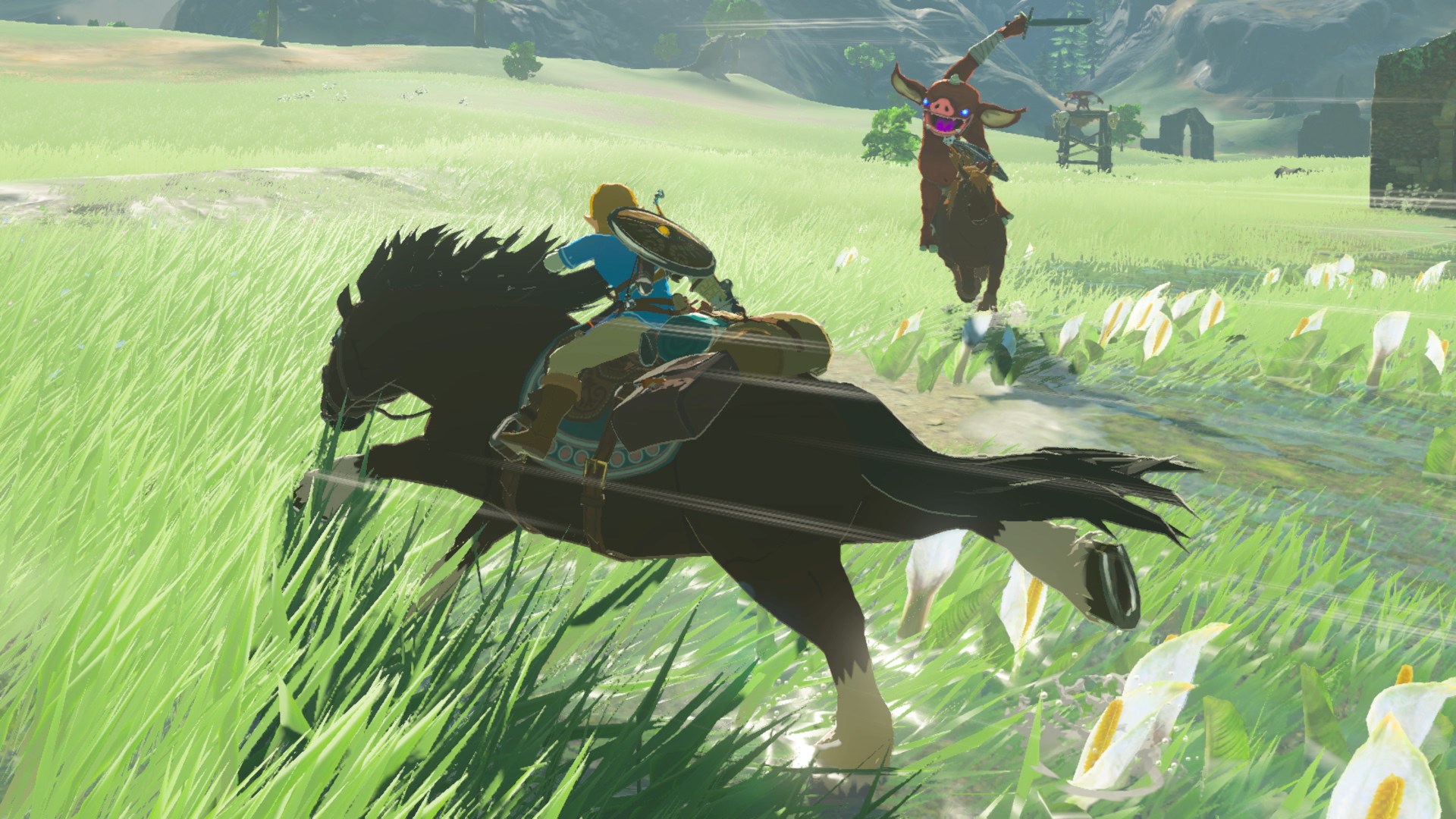
Better horses require more stamina to train
In order to catch a horse in Breath of the Wild you simply need to sneak up behind one in the wild while crouching and hop on it. It'll try to buck you off, but if you're lucky you'll be able to sooth it and calm it down.
Here's the deal with this: some horses have better natural abilities than others. Horses have individual stats that govern things like speed and stamina, and every horse is unique.
Lesser horses are easy to tame, but those with the absolute best stats are no pushover. They'll buck for longer, and thus you'll require more stamina to subdue them - when you do it'll be worth it, though.
When you've caught a horse, take it to a stable to name and register it, plus kit it out with gear. The more you use any horse the more its affinity to you grows, and when it likes you a horse will obey your commands more easily.
Oh, and if you have a certain Amiibo, you can spawn Epona, the horse from Ocarina of Time.

Play the game systems off against each other
One of the ways in which Breath of the Wild is most special is how its various gameplay systems interact. You should use this to your advantage.
Fire spreads in suitable conditions, for instance. The wind has an impact on the trajectory and travel of things like thrown bombs, or Octorok balloons (which can be attached to things to make them float away). This goes on and on for every system in the game.
Perhaps some of the best possible advice to give about this game is simply this - experiment. Mess around and learn how the system works, then try to mash systems together in interesting ways. You might discover a great new way to take enemies down or travel more quickly.

Fire is one of your greatest friends
Fire is a powerful beast of an element, and in Breath of the Wild it has numerous all-important uses you should be aware of.
First of all, if you end up in a cold area, you should know how to start a fire. To start a fire place wood (gained from felling trees or found at stables) on the floor with a piece of flint. Now strike the pair with a metal weapon and a flame will burst out. Voila: a little camp fire. This will keep you warm and prevent you from dying of cold in a cold place if you don't have the right gear.
Fire can also be used to allow you to fly - sort of. If you set a fire in grass with a torch or burning weapon (which can be lit off a campfire if there's no other sources of fire around) an updraft will be created - jump within this and deploy your paraglider to be propelled into the air.
Fires can also be started by fire arrows and fire magic rods. Fire is a key puzzle solving tool, and can often be used to burn away wooden blocks on doors or leaves or vines that get in your way. Always carry fire-making tools on you.
Cook everything, and be massively experimental
It's always better to have cooked meals rather than raw items in your inventory, so at regular intervals you should fast travel to a town or a horse stable and make use of the proper cooking station there.
Some stuff is obvious - you'll naturally feel the need to cook meat you pick up, for instance. For other items, though, do remember that they're better cooked and mixed in than alone.
A great example are apples: they're everywhere in the world, and if you're fastidious it's easy to end up with 40 apples in your inventory. You can cook these together, 5 at a time, for a basic fruit salad sort of recipe that restores far more hearts than if you'd eaten those apples individually.
Thus, follow this rule for everything: always over-prepare and cook too much. You won't regret it. Too little, and you surely will.

Cook and sell unwanted meals for easy rupees
Early on in Breath of the Wild you're going to really be struggling for materials to make yourself good meals, but if you're fastidious about picking stuff up by the time you reach the mid-game you'll always be carrying a stockpile of stuff on you. This is doubly true for if you've been tapping amiibo, because as well as their exclusive gear amiibo also drop a lot of materials you can then make use of.
Anyway, our point is this: you shouldn't have any need to sit on a stockpile of ingredients. If you've 20 or more of something, it's time to take a trip to a stable and use the cooking pot extensively.
Cook everything you can, and even if you're not going to eat it, then sell it off for free cash. Cooked meals often fetch more rupees when sold to vendors than their base ingredients, and so I was able to jettison a lot of stealth-enhancing ingredients into stealth-enhancing meals and then sell them for a good 60 rupees a pop at a local shop.
This is actually one of the best ways to grind for money in the game, so, yes - cook everything, then sell the stuff you're not using!

Potions are good, but invest in and upgrade armor as soon as you can
One of the ways Breath of the Wild forces you to change up how you're playing is by having some vastly different climates across Hyrule. Death Mountain is so hot that you'll burst aflame without protection, while the tallest peaks can easily freeze you to death.
The obvious choice to deal with this are potions - elixirs as they're known here - but in true Zelda tradition there are some clothing-based solutions to these problems too.
Because potions cost ingredients, you'll save yourself a fair bit of time if you save up and buy the necessary clothes. The Rito Village has a set of cold-warding clothes you can buy and the Goron City has likewise for fire. You should get a set of heat-warding clothes from the Gerudo as part of the main quest, too.
Invest in these armors - they'll save you time, and allow you explore places like Death Mountain without one eye on your rapidly expiring status buff.

Track your completion rate and weep
Breath of the Wild is massive. If you're playing it, you know that. There are hundreds of collectables, a huge compendium to fill in, 70-something side quests and 120 shrines... plus the main quest and a lot of other little bonuses.
The game doesn't make a big deal out of it (which is why I feel it bears pointing out here), but if you want to see how far you are in the game, simply pop open your Sheikah Slate and look in the bottom left corner - it'll give you a percentage completion rate.
As you can see above in the screenshot, even after finishing 40 shrines, all dungeons and the main story... I'm still at under 20%. Ouch. That's a lot of game.
